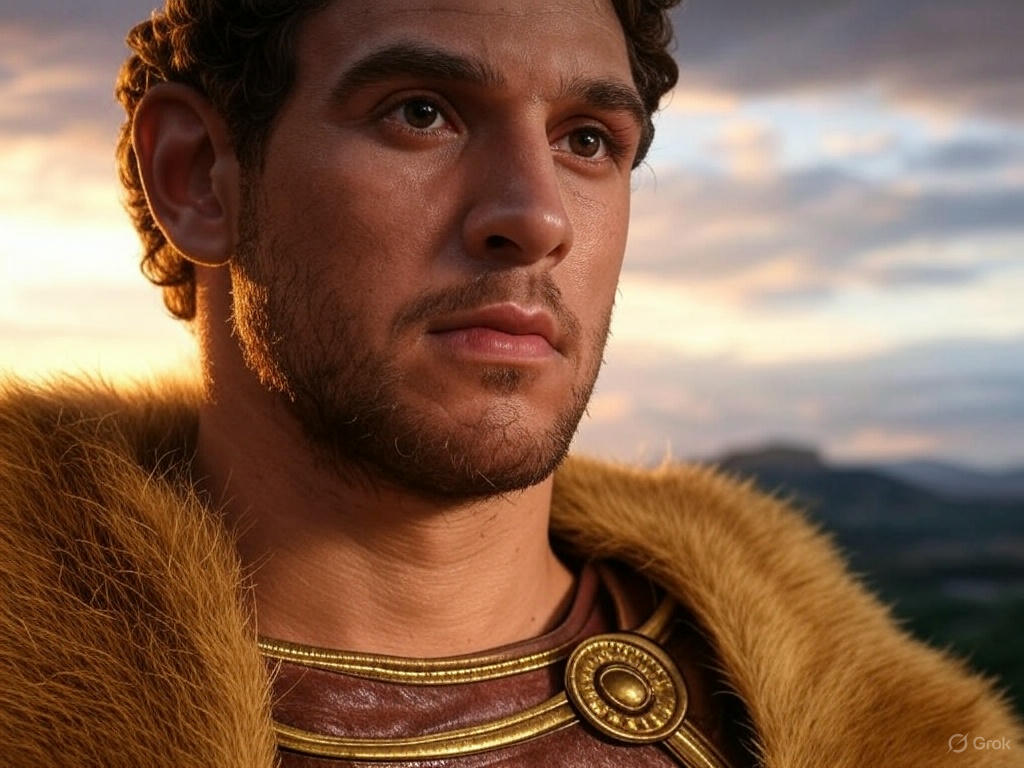August 2013, a 26-year-old fisherman is on his boat at sea near the Gaza Strip. About 100 meters from land, he saw a spot full of rocks and thought that this would be a fishing spot. When he dived to look at the seabed, he noticed something strange in the sand: a half-buried hand. He initially thought it was a dead body. When he made another dive, he realized it was a human-sized statue. He hurried to ask his relatives for help, and after about four hours they managed to pull it ashore.
He dragged it to his house. His mother was not very happy when she saw it. "You've brought disaster home," she told him, asking him to at least cover the statue's genitals with a sheet. The mother hadn't realized it was the statue of the god Apollo, which was probably 2,000 years old. But the fisherman wanted to check if the statue was made of gold. So he cut off a finger and took it to a specialist. His brother cut another finger off the statue, which was destroyed by a goldsmith. Soon, members of the fisherman's family posted the Apollo statue on eBay, where they sold it for $500,000. But two days later, they withdrew the bid. The statue is about 1.70 tall and weighs 450 kg.
According to the Ephorate of Antiquities of Gaza, its value exceeds $340 million. A month later, police officers from the Islamist movement Hamas, which controls Gaza Strip, confiscated the statue and promised the fisherman they would give him 10-20% of its value. "I felt like God had given me a gift," the fisherman told Reuters. "My financial situation was bad and I am waiting for my compensation."
But the statue has since disappeared. All that's left are photos of the statue on sheets with smurfs. So archeologists can't trace the statue's origin. Based on the photos, they place its origin between the 5th and 1st centuries BC. Archeologists recognize the value of the statue of the god Apollo in the 5th century B.C., as most statues made of copper and tin were destroyed to make weapons.
Police say they are investigating to find out who tried to sell it. According to a 2014 statement from Bassem Naim, who is an adviser to Hamas' top political leader Ismail Haniya, the statue was in the Ministry of Tourism. "They are taking care of the statue and trying to figure out how Gaza can benefit from it," he said. "Not only financially, but also culturally". "When you find a statue like Apollo, it is sure to attract the attention of millions of people around the world in a sick area and I hope it will help Gaza", he said.
Naim told Al Jazeera that Gaza residents were not interested in archeological issues after years of siege and conflict for supremacy in the region. "When you live in Gaza and build a new house every ten years because of the war, you lose appreciation for your cultural heritage", he said.
But to this day, no one knows what happened to the statue, and conspiracy theories have been developed. One of them says that the statue is buried in a secret hiding place, while others believe that it was buried to be "discovered" again in a few years when it will have been forgotten.
Nevertheless, there are archeologists who believe that the statue was not found in the sea because the water would have worn it away and its material would have turned black. It was not covered with algae, coral and sediments. They claim that it was found after illegal excavations by Bedouins in Egypt. Others claim it is fake. But nothing can be confirmed yet. The Apollo of Gaza remains another mystery.
Nikola Vadimov's documentary "Apollo of Gaza" is also mentioned in this case. The director sees the statue as a metaphor for the sick situation in Gaza. "He was like a meteorite that lit up Gaza for a moment, a gift from heaven for the Palestinians who desperately need hope and recognition", he said.












